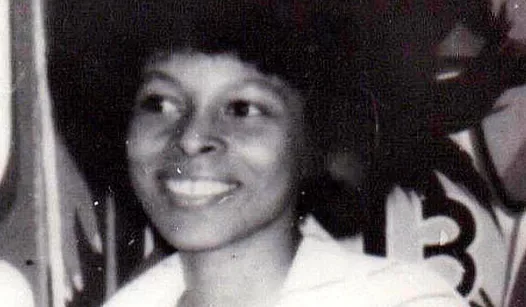Assata Shakur, a prominent figure in the Black liberation movement, has become a polarizing icon in American politics. Her life and legacy are often celebrated by those on the left, who view her as a symbol of resistance against systemic oppression. However, this admiration raises questions about the nature of her actions and the complexities of her legacy.
Shakur, born Joanne Chesimard, gained notoriety in the 1970s as a member of the Black Panther Party and the Black Liberation Army. She was involved in various militant activities, including armed resistance against police brutality and racial injustice. In 1973, she was convicted of the murder of a New Jersey State Trooper during a shootout, a charge she vehemently denied, claiming she was targeted for her political beliefs. After escaping prison in 1979, Shakur fled to Cuba, where she has lived in exile ever since.
Supporters of Shakur often emphasize her role as a freedom fighter, framing her actions within the context of the civil rights movement and the struggle against racial injustice. They argue that her violent acts were a response to the systemic violence faced by Black Americans, viewing her as a martyr for a cause that continues to resonate today. This perspective highlights the deep-seated frustrations and injustices that have historically plagued marginalized communities in the United States.
However, the admiration for Shakur also invites criticism. Detractors argue that her violent methods undermine the broader goals of social justice and equality. They contend that glorifying figures who have engaged in violence can detract from peaceful movements and the pursuit of constructive change. This debate reflects a larger conversation within American politics about the means and methods of activism, particularly in the context of the ongoing struggle for racial equity.
The left’s eulogies for Shakur often focus on her resilience and the systemic issues she sought to address. They highlight her ability to inspire and mobilize others, framing her narrative as one of empowerment in the face of oppression. This portrayal resonates with many who feel disillusioned by the status quo and seek figures who embody the fight for justice.
As discussions around Shakur’s legacy continue, it is essential to consider the broader implications of her story. The admiration she receives from some segments of the left underscores the complexities of political identity and the diverse ways individuals interpret the struggle for justice. While her actions may be controversial, they also serve as a reminder of the lengths to which individuals may go in pursuit of what they believe to be a just cause.
In examining the reverence for Assata Shakur, we must grapple with the intersection of violence and resistance in the fight for social change. Her legacy challenges us to reflect on the narratives we construct around political figures and the values we prioritize in our collective pursuit of justice. As the conversation around her continues to evolve, it is crucial to engage with these complexities thoughtfully and critically.
